Home>Garden Essentials>When To Seed Grass In Virginia
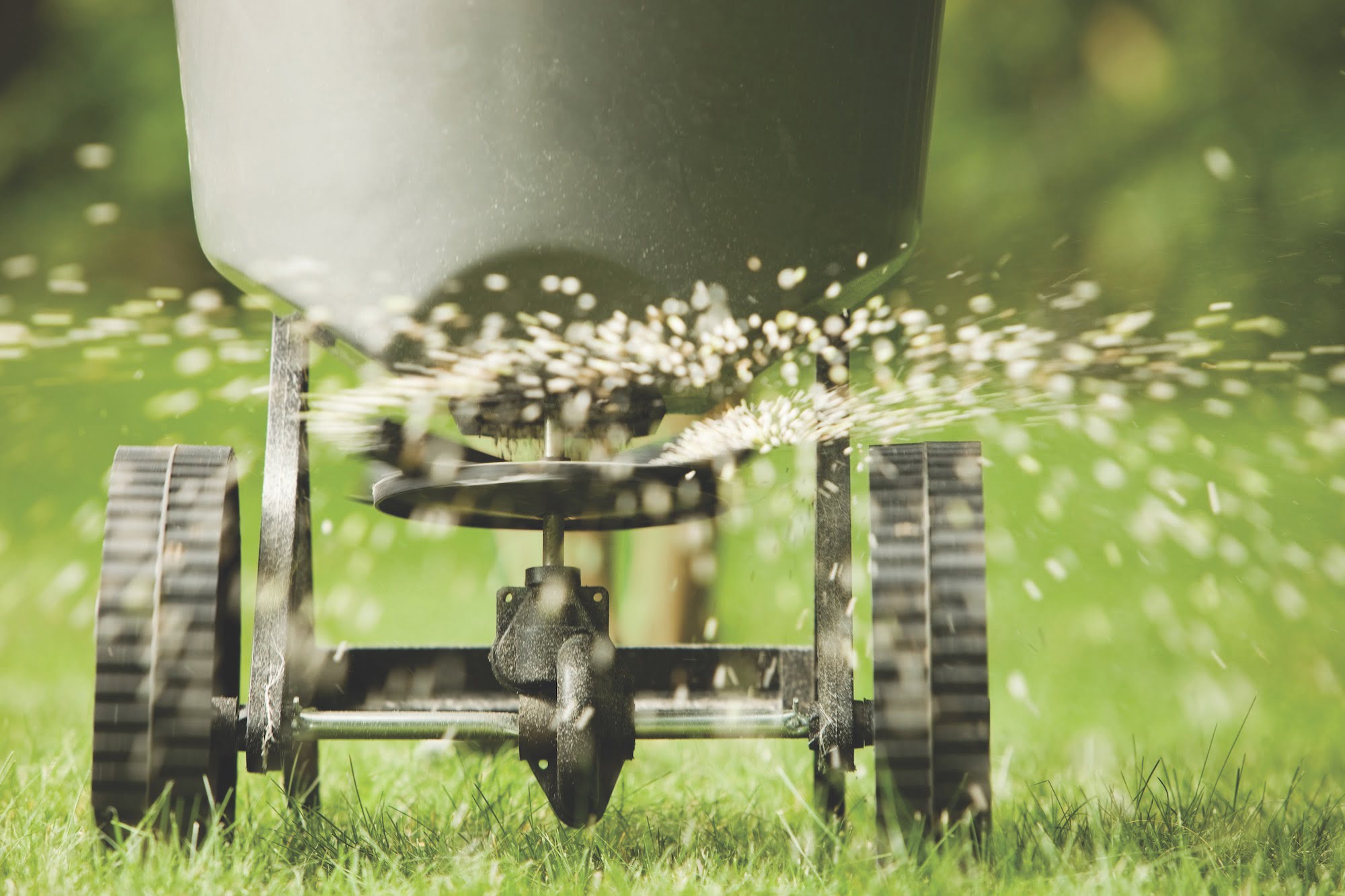

Garden Essentials
When To Seed Grass In Virginia
Modified: September 2, 2024
Looking to start a garden in Virginia? Learn when is the best time to seed grass in your region to ensure a lush and thriving garden.
(Many of the links in this article redirect to a specific reviewed product. Your purchase of these products through affiliate links helps to generate commission for Storables.com, at no extra cost. Learn more)
Introduction
Welcome to the wonderful world of gardening in Virginia! If you’re looking to create a lush and vibrant lawn, one of the first steps is to seed grass. But when is the best time to do it? In this article, we will explore the ideal timing for seeding grass in Virginia, taking into account the unique climate and environmental conditions of the region.
Virginia, located in the southeastern United States, experiences a diverse climate with distinct seasons. Understanding the weather patterns and the types of grass that thrive in this region is essential for successful seeding.
So, let’s dive into the details and equip you with the knowledge you need to create a beautiful lawn that will make your neighbors green with envy.
Key Takeaways:
- The best time to seed grass in Virginia is in the spring or fall, taking advantage of the favorable temperatures and soil conditions. Understanding the climate and choosing the right grass type are crucial for a successful lawn.
- Before seeding, consider factors like soil conditions, sunlight exposure, and existing grass cover. Proper soil preparation, selecting the right grass seeds, and providing consistent care are essential for a healthy and vibrant lawn.
Read more: When To Plant Grass Seed Virginia
Understanding the Virginia Climate
Before we discuss the best time to seed grass in Virginia, it’s important to understand the climate of the region. Virginia has a moderate climate with four distinct seasons – spring, summer, fall, and winter. However, within the state, there are variations in temperature and precipitation due to its size and proximity to the coast.
Temperatures: Virginia experiences a range of temperatures throughout the year. In the summer, temperatures can soar to the high 90s Fahrenheit (32-37 degrees Celsius), especially in the southern parts of the state. Winters can be chilly, with temperatures dropping below freezing and occasional snowfall. Spring and fall offer mild and pleasant temperatures, making these seasons ideal for gardening.
Precipitation: Virginia receives a moderate amount of rainfall, with the coastal areas generally experiencing higher precipitation than the inland regions. On average, the state receives around 40-50 inches (102-127 cm) of rainfall per year. The summer months tend to be the wettest, while the fall months are relatively drier. However, it’s important to note that precipitation patterns can vary from year to year.
These variations in temperature and precipitation play a significant role in determining the ideal time for seeding grass in Virginia. Different grass varieties have specific temperature and moisture requirements for optimal growth, which we will explore in the next section.
Types of Grass for Virginia
Choosing the right type of grass for your Virginia lawn is crucial for its long-term success. The two main categories of grass suitable for the region are cool-season grasses and warm-season grasses. Let’s take a closer look at each one:
Cool-season grasses:
Cool-season grasses are well-suited for the climate of Virginia, as they can tolerate both the hot summers and cold winters of the region. These grasses have an active growth period during the cooler months of spring and fall. Popular cool-season grasses for Virginia include:
- Kentucky Bluegrass: Known for its deep green color and ability to withstand heavy foot traffic, Kentucky Bluegrass is a popular choice for lawns in Virginia.
- Tall Fescue: Tall Fescue is a robust and drought-tolerant grass that thrives in different soil conditions. It has a coarse texture and is ideal for areas with moderate shade.
- Perennial Ryegrass: With its quick germination and establishment, Perennial Ryegrass is often used for overseeding thin lawns. It has a fine texture and excellent wear tolerance.
Warm-season grasses:
Warm-season grasses thrive in hot and humid climates, making them suitable for the summer months in Virginia. These grasses exhibit active growth during the warm season and go dormant during the colder months. Popular warm-season grasses for Virginia include:
- Bermudagrass: Known for its exceptional heat tolerance and ability to withstand heavy foot traffic, Bermudagrass is a popular warm-season choice for Virginia lawns.
- Zoysia Grass: Zoysia Grass is a dense and drought-tolerant grass that thrives in full sunlight. It has a beautiful fine-texture and excellent wear resistance.
- Centipede Grass: Centipede Grass is low-maintenance and adapts well to poor soil conditions. It has a medium texture and forms a dense, attractive lawn.
When selecting grass for your Virginia lawn, consider factors such as sunlight exposure, soil conditions, maintenance requirements, and overall aesthetic preferences. Now that we have explored the types of grass available, let’s move on to the best time to seed grass in Virginia.
Read more: When To Plant Grass Seed In Virginia
Best Time to Seed Grass in Virginia
Timing is crucial when it comes to seeding grass in Virginia. The climate and seasonal changes play a significant role in the success of your lawn. Generally, the two best times to seed grass in Virginia are spring and fall. Let’s explore each season in detail:
Spring seeding:
Spring is an ideal time to seed grass in Virginia, as the temperatures start to warm up, and the soil begins to thaw. The recommended time for spring seeding is between mid-March and mid-April. During this period, the soil is moist and receptive to new seeds, allowing for quicker germination and establishment.
However, keep in mind that spring seeding should be done early enough to allow the grass to develop a strong root system before the hot summer months. It’s important to choose cool-season grass varieties that can withstand the heat of summer and still maintain their vigor.
Fall seeding:
Fall is considered the best time for seeding grass in Virginia. The period between late August and mid-October is optimal, as the soil is still warm from the summer months, while cooler temperatures provide favorable conditions for grass establishment.
Fall seeding allows the grass to establish strong roots and develop before the onset of winter. The cool-season grass varieties commonly used in Virginia can take advantage of the mild fall weather to grow vigorously. Additionally, the reduced competition from weeds during this time increases the chances of successful grass establishment.
Both spring and fall seeding have their advantages and considerations. If you missed the window for spring seeding, fall provides another opportunity to establish a healthy and thriving lawn.
Before proceeding with seeding, consider the factors discussed in the next section to ensure optimal results.
Factors to Consider Before Seeding
Before you begin the process of seeding your lawn in Virginia, it’s important to consider a few factors that can greatly impact the success of your grass. Here are three key factors to keep in mind:
Read more: When To Plant Wildflower Seeds In Virginia
Soil conditions:
The condition of your soil plays a crucial role in the growth and development of your grass. Conduct a soil test to determine its pH level and nutrient content. This will help you understand if any amendments, such as lime or fertilizer, are needed to create an optimal growing environment for your grass. Well-draining soil is also important to prevent waterlogging and root rot. Take the time to prepare your soil properly before seeding to give your grass the best chance of thriving.
Sunlight exposure:
Grass requires sunlight to carry out photosynthesis and grow. Prior to seeding, assess the sunlight exposure in your lawn area. Some grass varieties thrive in full sun, while others can tolerate partial shade. Choose a grass variety that suits the sunlight conditions of your lawn. If you have areas with heavy shade, consider alternative solutions such as planting shade-tolerant groundcovers or using landscape design to optimize the use of those spaces.
Existing grass cover:
If you already have existing grass in your lawn, take note of its condition. If the grass is thin, patchy, or dominated by weeds, it might be beneficial to completely renovate your lawn by removing the existing grass and starting fresh with new seed. However, if the existing grass is healthy and in good condition, overseeding may be a viable option. Overseeding involves spreading grass seed over the existing lawn to fill in bare patches and rejuvenate the overall appearance. Evaluate the health and density of your existing grass to determine the best course of action.
By considering these factors, you can make informed decisions about soil preparation, grass selection, and seeding methods, setting the stage for a successful lawn renovation or establishment.
Step-by-Step Guide to Seeding Grass in Virginia
Now that you’re aware of the ideal timing and important factors to consider, let’s dive into the step-by-step process of seeding grass in Virginia:
Read more: When Crabgrass Germinate
1. Prepare the soil:
Start by clearing the area of any debris, rocks, or existing vegetation. Till the soil to a depth of 4-6 inches (10-15 cm) to loosen it and remove any compaction. Rake the soil to create a smooth surface, removing any clumps or large rocks. Consider adding amendments, such as lime or fertilizer, based on the results of your soil test.
2. Select the appropriate grass seeds:
Choose grass seed varieties that are well-suited for the Virginia climate and the specific conditions of your lawn. Take into account factors such as sunlight exposure, soil type, and desired lawn use. Consider using a mixture of different types of seeds to create a more resilient and visually appealing lawn. Follow the recommended seeding rates provided by the seed manufacturer.
3. Spread the seeds:
Using a seed spreader or by hand, evenly distribute the grass seeds over the prepared area. Ensure thorough coverage, paying extra attention to bare or thin spots. Consider dividing the lawn into smaller sections for easier seeding.
4. Water the area:
After seeding, gently water the area using a sprinkler or hose with a fine spray nozzle. The goal is to keep the soil consistently moist but not saturated. Watering the seeded area 2-3 times a day for shorter durations is more effective than heavy watering that can lead to erosion or seed displacement.
Read more: When To Seed Wildflowers
5. Maintain proper care:
Continue to water the seeded area regularly, keeping the soil moist throughout the germination and establishment period. Gradually reduce the frequency of watering as the grass grows and develops stronger roots. Avoid mowing the newly seeded area until the grass reaches a height of around 3-4 inches (7-10 cm), and ensure the mower blades are sharp to prevent damage to tender grass blades.
Additionally, avoid heavy foot traffic on the newly seeded area until the grass is well-established. Regularly monitor the lawn for signs of germination and growth, and address any issues, such as weed invasion or pest infestation, promptly.
By following these steps and providing proper care, you can establish a healthy and vibrant lawn in Virginia.
Common Mistakes to Avoid When Seeding Grass in Virginia
When it comes to seeding grass in Virginia, it’s important to be aware of common mistakes that can hinder the success of your lawn. Avoiding these pitfalls will increase the chances of achieving lush and thriving grass. Here are three common mistakes to steer clear of:
1. Over-seeding:
Over-seeding refers to the practice of spreading an excessive amount of grass seeds in the hope of achieving a denser lawn. While it may seem logical, over-seeding can lead to competition for limited resources, such as water, nutrients, and sunlight. This can result in stunted growth, poor establishment, and increased susceptibility to diseases. Follow the recommended seeding rates provided by the seed manufacturer to ensure proper seed distribution and avoid over-seeding your lawn.
2. Neglecting proper watering:
Watering is a critical aspect of grass seed germination and establishment. Neglecting proper watering can prevent seeds from sprouting or result in weak root development. On the other hand, excessive watering can lead to soil erosion, seed displacement, and shallow root growth. It’s essential to maintain consistent moisture in the soil by watering the seeded area regularly and ensuring the soil remains damp but not waterlogged. Adjust your watering schedule as the grass grows and matures, gradually reducing the frequency and increasing the duration of watering sessions. Monitor the moisture level of the soil to avoid under or overwatering.
Read more: When To Plant Foxglove Seeds
3. Failing to prepare the soil adequately:
The soil preparation phase sets the foundation for a successful lawn. Failing to adequately prepare the soil can result in poor seed-to-soil contact, uneven growth, and nutrient deficiencies. It’s essential to clear the area of debris, rocks, and existing vegetation. Loosen the soil by tilling it to allow for proper root penetration. Raking the soil to create a smooth surface and incorporating necessary amendments, such as lime or fertilizer, based on a soil test, are crucial steps. Taking the time to properly prepare the soil will provide an optimal environment for the grass seeds to germinate and establish strong roots.
Avoiding these common mistakes will ensure that your grass seeds have the best chance of thriving and creating a lush and healthy lawn in Virginia. By following proper seeding practices and providing consistent care, you’ll be well on your way to enjoying a beautiful and vibrant outdoor space.
Conclusion
Seeding grass in Virginia requires careful consideration of the unique climate and environmental factors specific to the region. By understanding the Virginia climate, identifying the types of grass suited for the area, and choosing the best time to seed, you can set the stage for a successful lawn renovation or establishment.
Spring and fall are the optimal seasons for seeding grass in Virginia, taking advantage of favorable temperatures and soil conditions. Cool-season grasses are well-suited for the region’s climate, with warm-season grasses also thriving during the summer months.
Before seeding, it’s important to consider factors such as soil conditions, sunlight exposure, and the existing grass cover. Properly preparing the soil, selecting appropriate grass seeds, and spreading them evenly are crucial steps towards a healthy and vibrant lawn.
In the process, it is essential to provide consistent and proper care, including regular watering and monitoring. Avoid common mistakes such as over-seeding, neglecting watering, and failing to adequately prepare the soil. By avoiding these pitfalls, you can increase the chances of a successful grass establishment and long-term growth.
Ultimately, with careful planning, attention to detail, and patience, you can create a lush and beautiful lawn that enhances the aesthetics of your home and provides a space for relaxation and enjoyment for years to come.
Now you have the knowledge and tools to confidently seed your lawn in Virginia. Get ready to take on the challenge and embark on an exciting journey towards achieving a vibrant and thriving grassy oasis right at your doorstep.
Frequently Asked Questions about When To Seed Grass In Virginia
Was this page helpful?
At Storables.com, we guarantee accurate and reliable information. Our content, validated by Expert Board Contributors, is crafted following stringent Editorial Policies. We're committed to providing you with well-researched, expert-backed insights for all your informational needs.
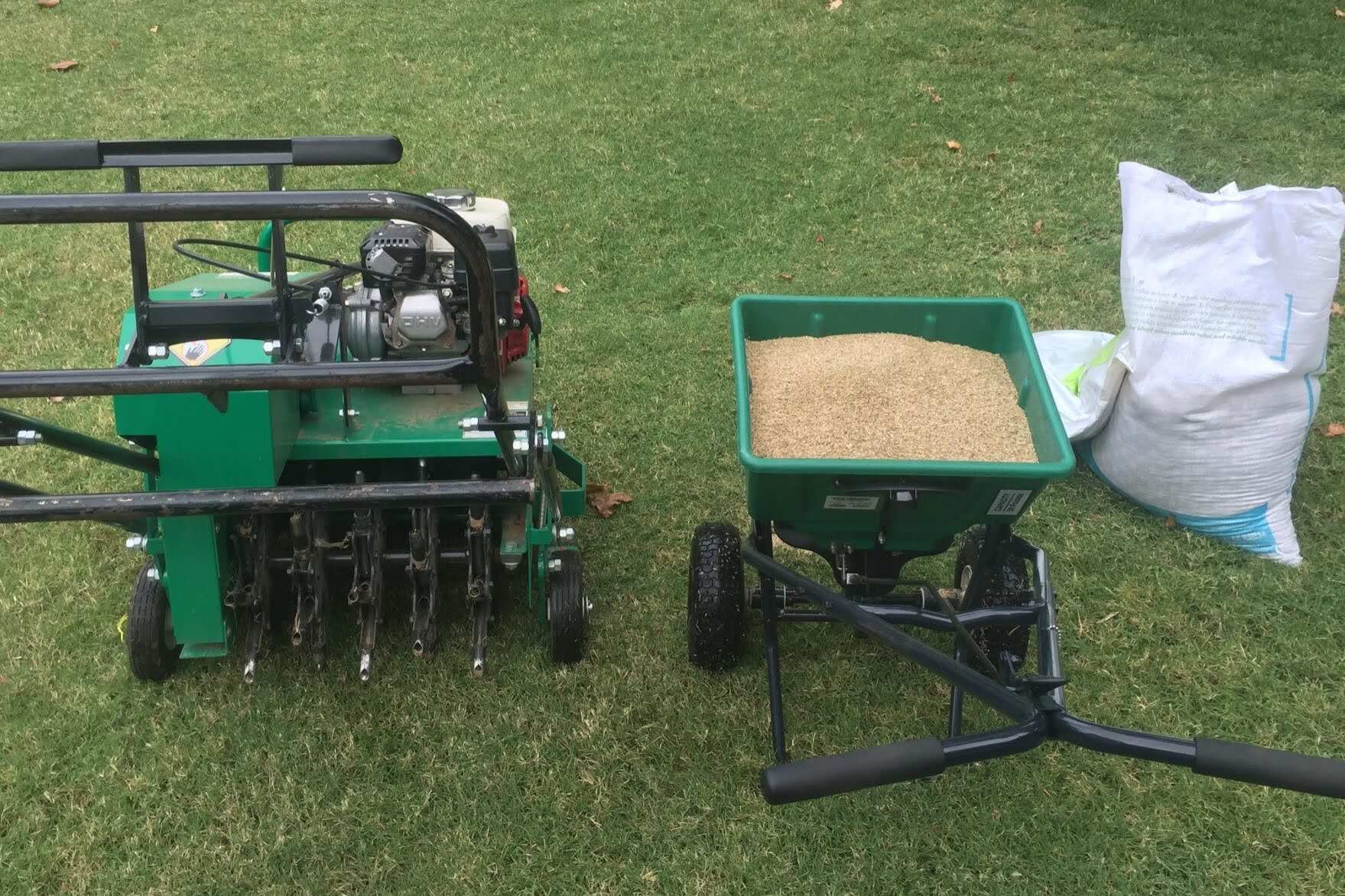
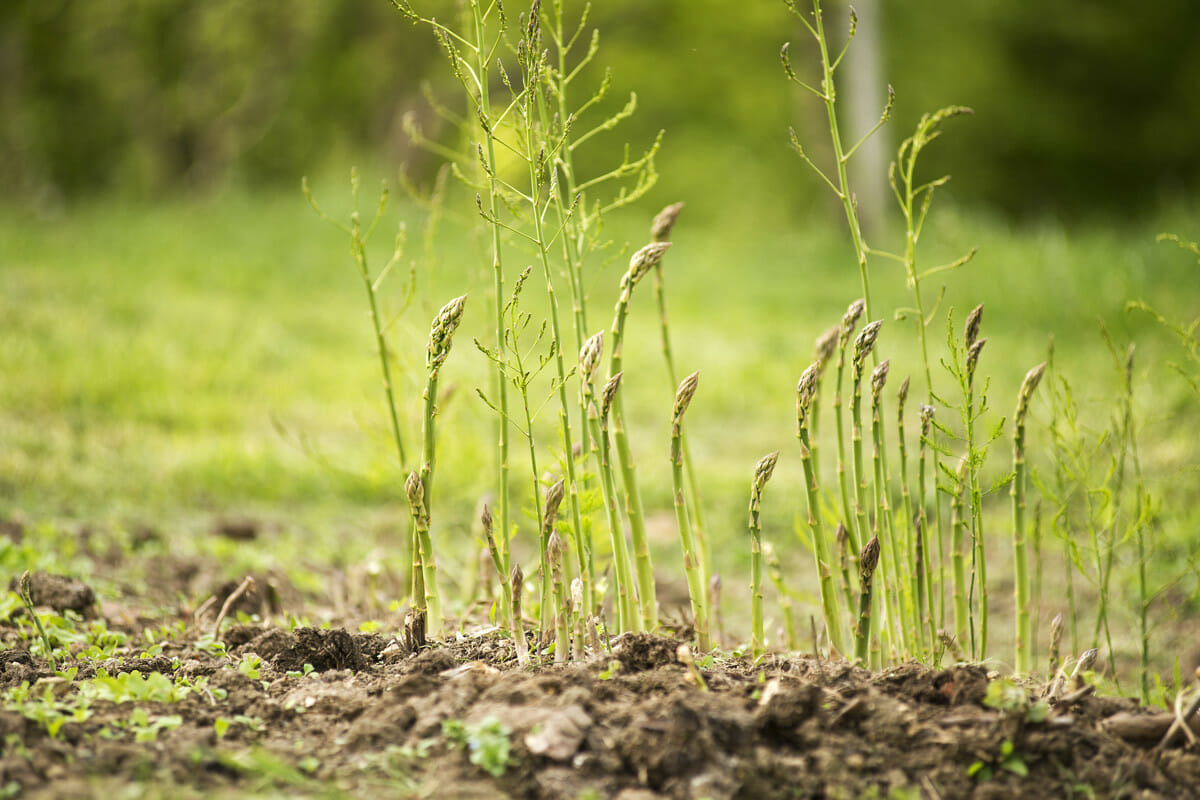

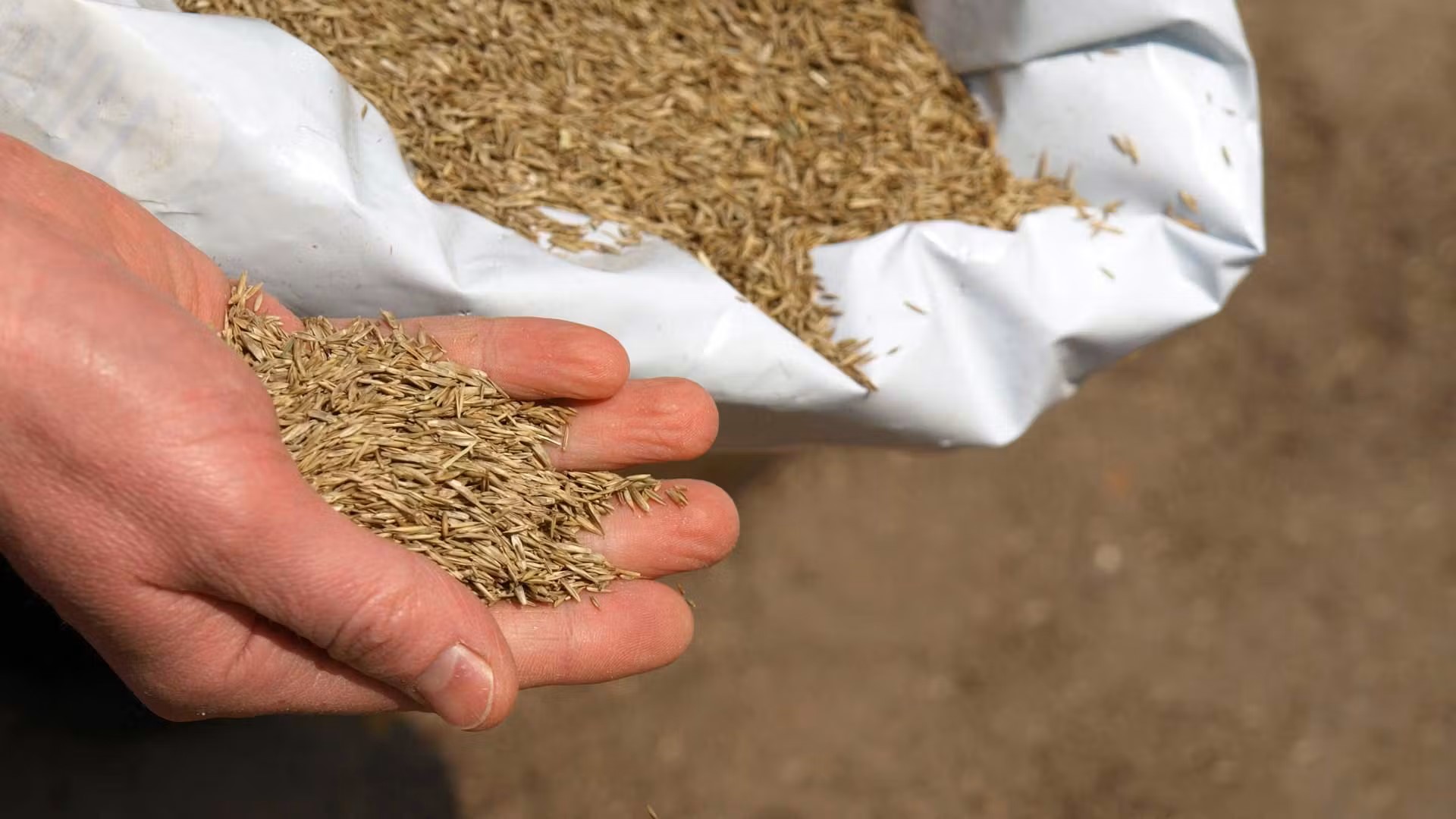

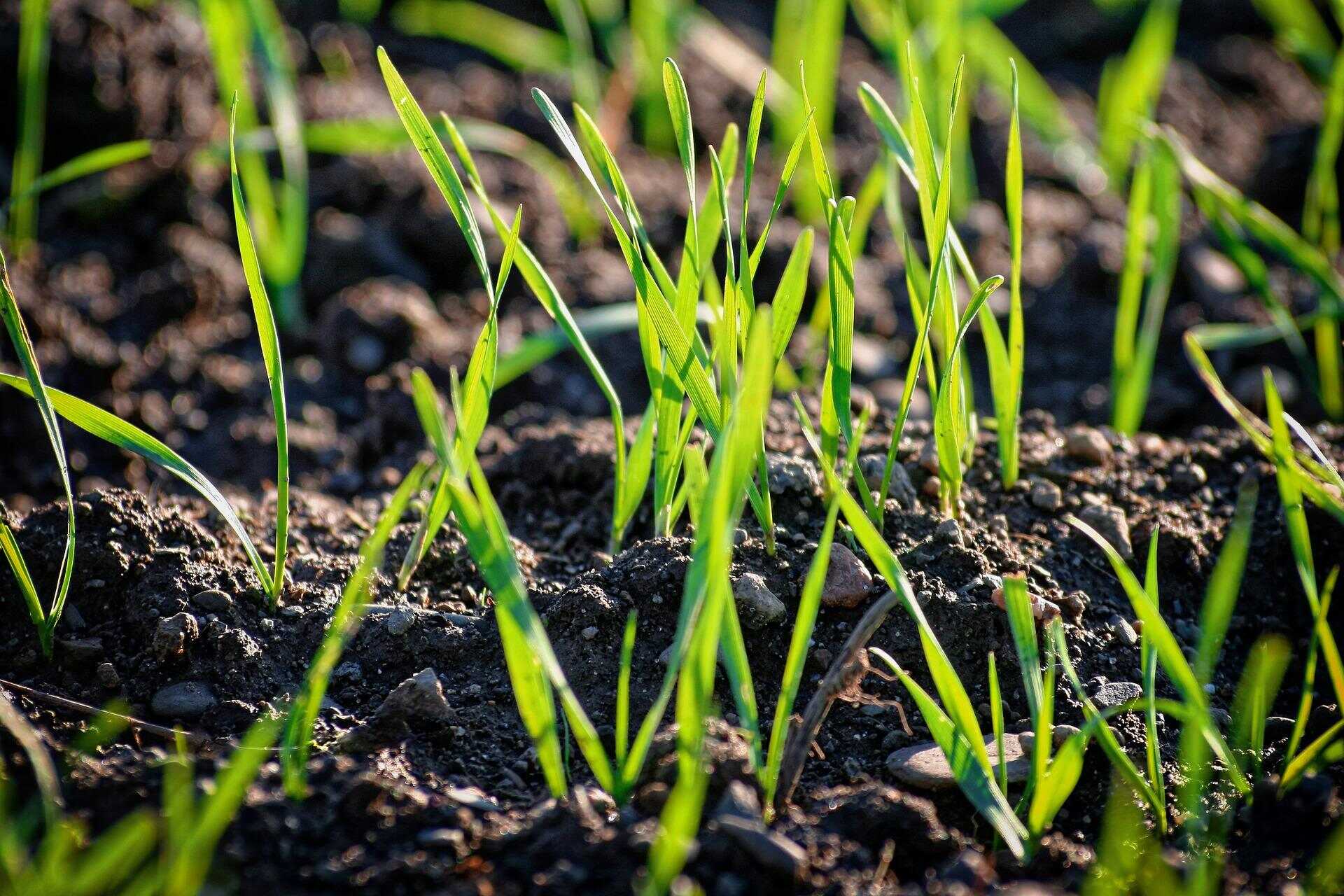
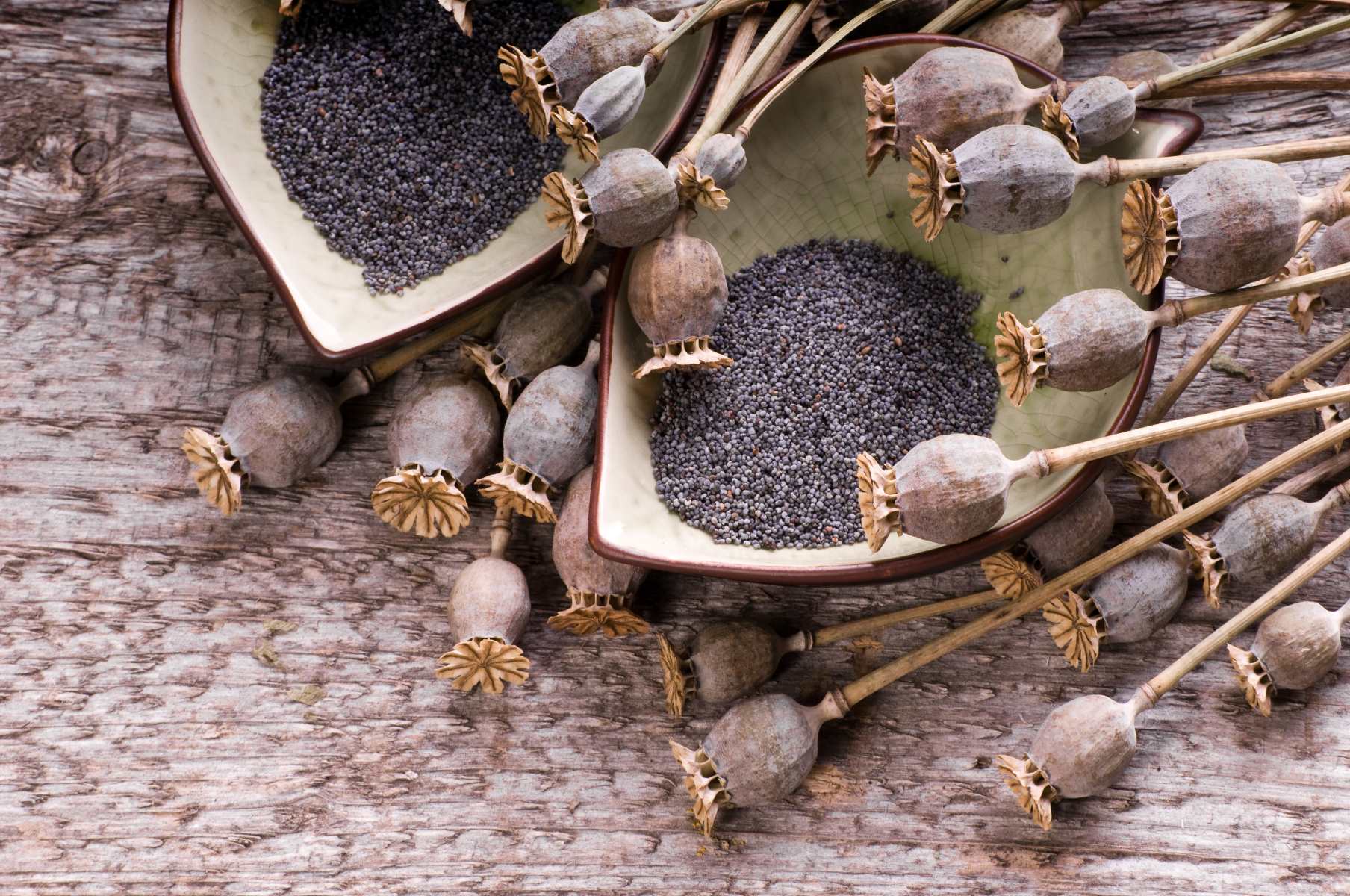




0 thoughts on “When To Seed Grass In Virginia”